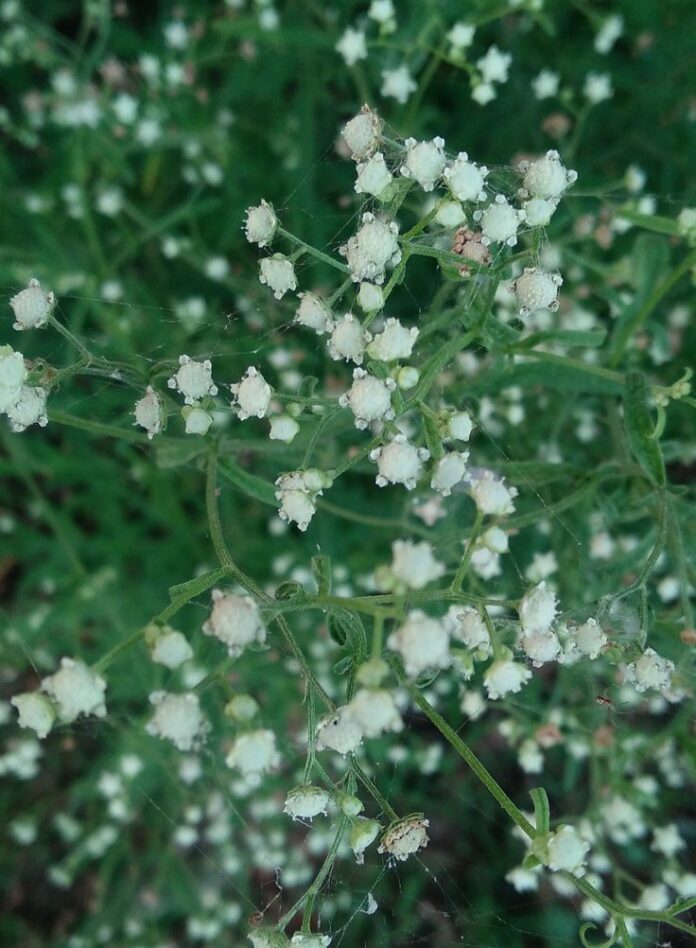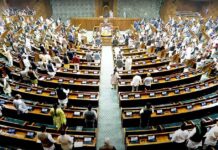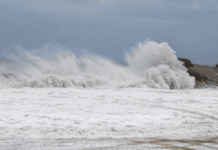Sri Vijaya Puram: It grows fast, spreads silently, and looks deceptively harmless. But Parthenium hysterophorus, commonly known as Congress grass, is one of the most invasive and dangerous weeds in India, and the Andaman and Nicobar Islands are no exception.
For farmers, it’s a pest that reduces crop yields. For communities, it’s a health hazard linked to skin conditions and asthma. For scientists, it’s a fast-moving ecological threat that’s hard to contain.
So what exactly makes this weed so harmful, and what are local institutions doing to push back?
What Is Parthenium and Why Is It a Threat?
Parthenium is not native to Indian soil. Introduced decades ago through imported grain, the weed has now spread across vast swathes of land, including remote regions and coastal islands. It grows aggressively in tropical climates, especially during the monsoon season, often taking root in unused land, roadside verges, and neglected fields.
But its dangers go beyond its rapid spread. The plant produces toxins that can cause severe allergic reactions, including rashes, respiratory distress, and eye irritation in both humans and animals. It also releases chemicals into the soil that suppress the growth of nearby crops, making it particularly problematic for farming communities.
Why Early Detection Matters
The most effective way to stop parthenium is to catch it early. Left unchecked, a single plant can produce thousands of seeds, which are easily carried by wind, water, animals, or even people’s shoes. Once established, parthenium is difficult and costly to remove.
Scientists and field experts recommend an integrated approach: manual removal before flowering, biological controls using natural predators, and, when necessary, judicious use of herbicides. But the most critical element is awareness: people must first know what they’re looking at before they can act.
Education as a First Line of Defence
Institutions such as ICAR-CIARI and the Krishi Vigyan Kendras (KVKs) have been leading efforts to spread awareness, training farmers, students, and agricultural trainees on how to identify, manage, and prevent the weed’s spread. These training efforts include live demonstrations, educational materials, and community meetings that explain the risks in accessible terms.
By bringing the issue into the classroom and onto the field, the goal is to create a chain of informed citizens who can spot the weed early, and act before it spreads.
Why This Matters for the Islands
The Andaman and Nicobar Islands are home to fragile ecosystems and farming systems that depend heavily on small-scale cultivation. An unchecked weed like parthenium can not only lower farm productivity but also put human health and biodiversity at risk.
Experts say climate change is likely to make matters worse. Rising temperatures and irregular rainfall patterns may allow the weed to spread into areas it previously couldn’t survive. That makes vigilance and community action all the more urgent.
Small Steps, Big Impact
Across the Islands, awareness drives have begun making inroads. Farmers are learning to identify the weed. Students are spreading the word at home. And institutions are backing these efforts with scientific support and real-time guidance.
The hope is to turn awareness into routine action, so that clearing parthenium becomes as normal as weeding a garden.
Because this is more than a battle against a plant. It’s a quiet defence of health, soil, and livelihoods, one rooted not in panic, but in persistence.





